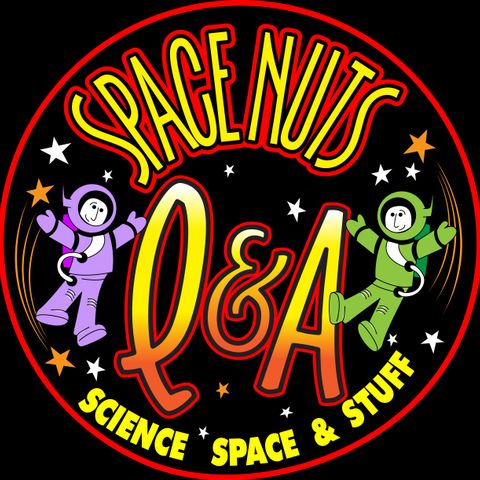#408: Supernovae Secrets & 3D-Printed Telescopes

Scarica e ascolta ovunque
Scarica i tuoi episodi preferiti e goditi l'ascolto, ovunque tu sia! Iscriviti o accedi ora per ascoltare offline.
#408: Supernovae Secrets & 3D-Printed Telescopes
Questa è una trascrizione generata automaticamente. Si prega di notare che non è garantita la completa accuratezza.
Capitoli
Descrizione
In this episode of Space Nuts Q&A, Andrew and Fred answer questions about supernovae, 3D printed telescopes, the Voyager space probe missions, and the possibility of using particle collision in...
mostra di piùInformazioni
| Autore | bitesz.com |
| Organizzazione | bitesz.com |
| Sito | www.bitesz.com |
| Tag |
Copyright 2024 - Spreaker Inc. an iHeartMedia Company


Commenti